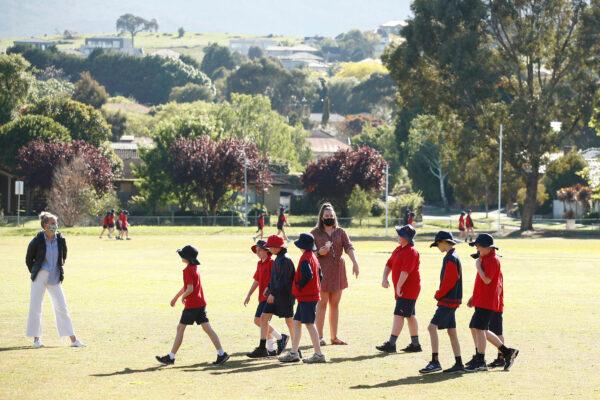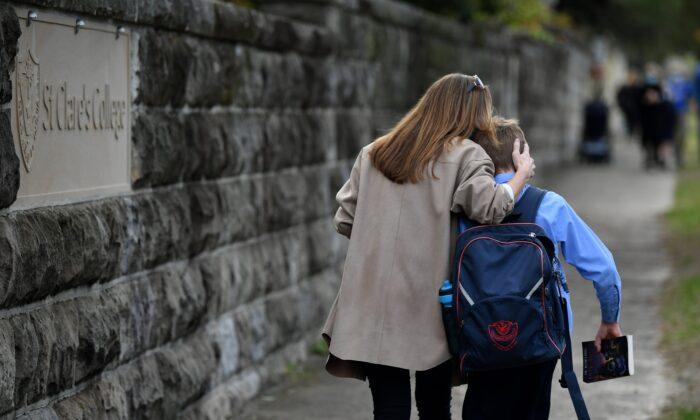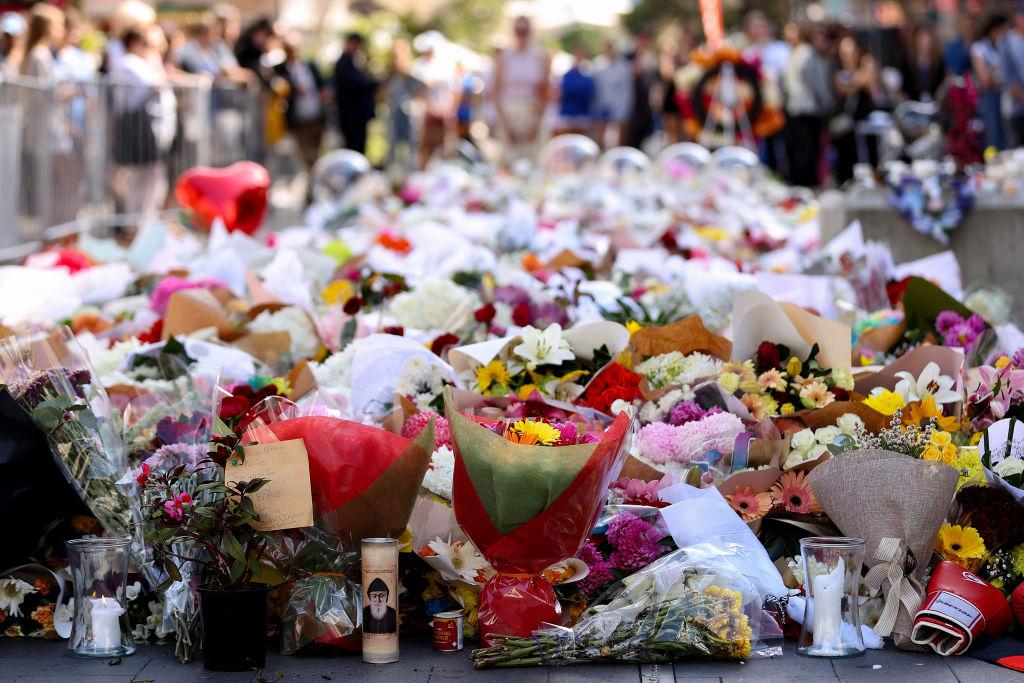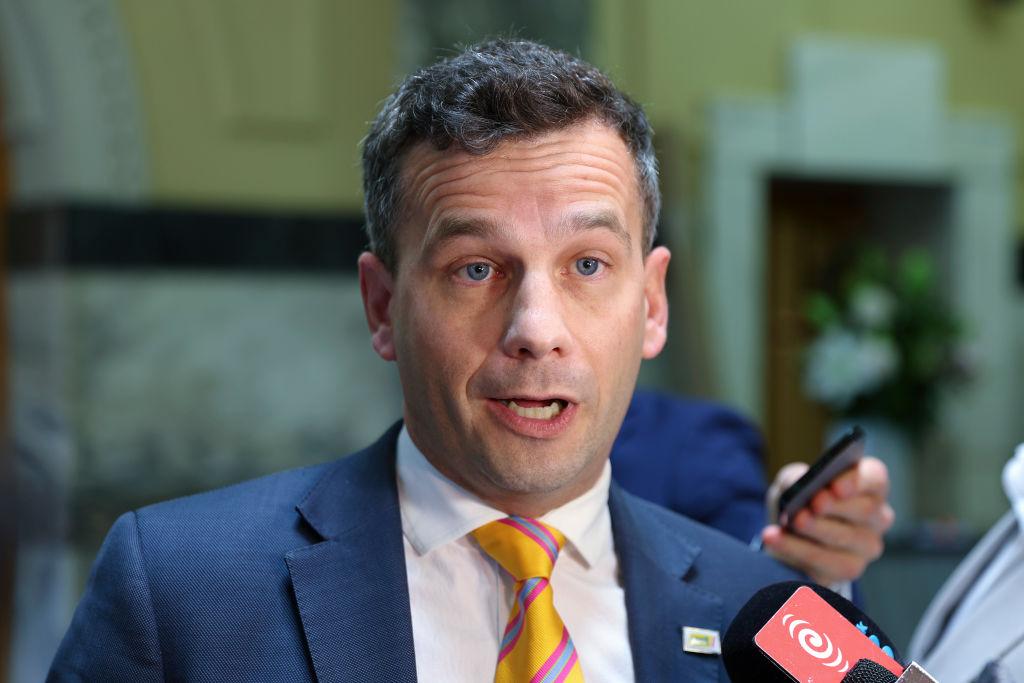The worst performing category overall was in Year 9 writing, with one-in-five boys (23.4 percent) failing to meet the minimum national standards (band 6), compared to the one-in-ten of girls (11.9 percent).
More girls also meet the national minimum standard in numeracy across all year levels, albeit it is the subject with the smallest achievement gap between genders.
In Year 9, 94.1 percent of boys and 95.3 percent of girls met the minimum standard. Across all year levels, on average, one percent more girls are achieving the minimum standard compared to boys in numeracy.
However, there are more high achieving boys in numeracy compared to girls, with 8.1 percent of Year 9 boys receiving a band 10 compared to 5.4 percent of girls.
The Australian Curriculum, Assessment, and Reporting Authority (ACARA) noted the long-term widening gap between male and female students.
“In the secondary classroom, we can see that the gap between boys and girls is widening for reading but stable for writing, and the gender gap is larger in secondary schools than in primary schools for writing.”

Timothy Hawkes, the former headmaster of the elite, boys-only Kings School in Sydney, noted that Australia’s minimum standards would “not excite” a number of countries like Singapore and Finland.
Hawkes found it disturbing that the trend of girls outperforming boys has been consistent and highlighted how boys and girls generally thrive with different education methods.
“Boys tend to like closed paths, they like to have boundaries, and they like to have explicit instruction,” he said, adding that the prevalent education style has moved away from this style.
“The political climate is such that attention, at the moment, is far better applied to rescue the girls from the very few subjects where they are not already dominant,” Hawkes said.
Glenn Fahey, a research fellow in education policy at the Centre of Independent Studies, said he would like to see the same attention currently applied to the STEM gender gap to the gap in literacy.






Friends Read Free